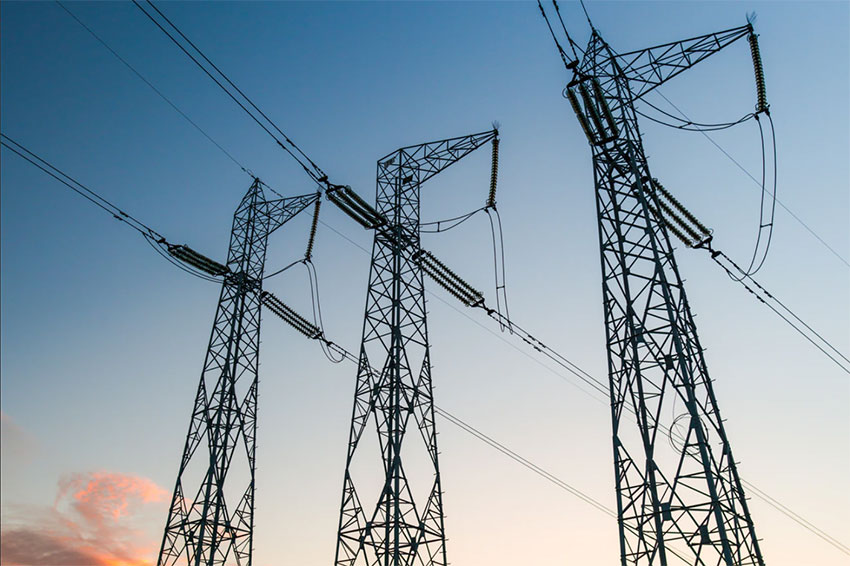The government of the Philippines looks to more than double the ASEAN member state’s total installed power capacity from 27.6 gigawatts (GW) in 2020 to 58.4 GW in 2030 to meet surging electricity consumption, data and analytics company GlobalData said in a report in April.
The annual electricity consumption in the Philippines is expected to grow at a compound annual growth rate (CAGR) of 5.8 percent from 82.5 terawatt-hours (TWh) in 2020 to 145.1 TWh by 2030.
Since the Philippines has no plans to develop nuclear power generation and since it has limited potential for hydropower development, the country is expected to source most of its growing installed capacity from thermal power and renewable power excluding hydro, according to GlobalData’s report.
The Philippines aims to nearly quadruple its renewable power capacity from 5.3 GW in 2020 to 22.2 GW by 2030. Similarly, the ASEAN member state also plans to increase its thermal power capacity from 18.4 GW in 2020 to 30.7 GW by 2030. This will be driven by coal-fired thermal power plants.
“By 2030, the power demand in the country is going to increase significantly. This demand is expected to be driven by multiple factors including the rapid industrial growth and increased residential power demand,” said Aditya Sharma, Power Analyst at GlobalData.
Since the Philippines does not import electricity, it needs to rapidly develop its total power capacity to sustain this growing power demand, Sharma noted.
“The government plans to rapidly increase its solar PV deployment, which will help to reach its target capacity of 15.3GW by 2030 as per National Renewable Energy Program (NREP) 2018-2030. It will also help the country to keep checks on its growing carbon emission,” the analyst said.
As per GlobalData estimates, the Philippines is set to boost its solar PV capacity from 2.16 GW in 2020 to as much as 15.29 GW in 2030.

